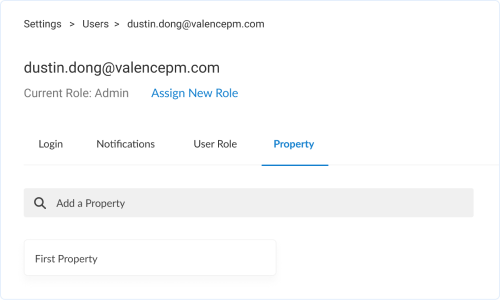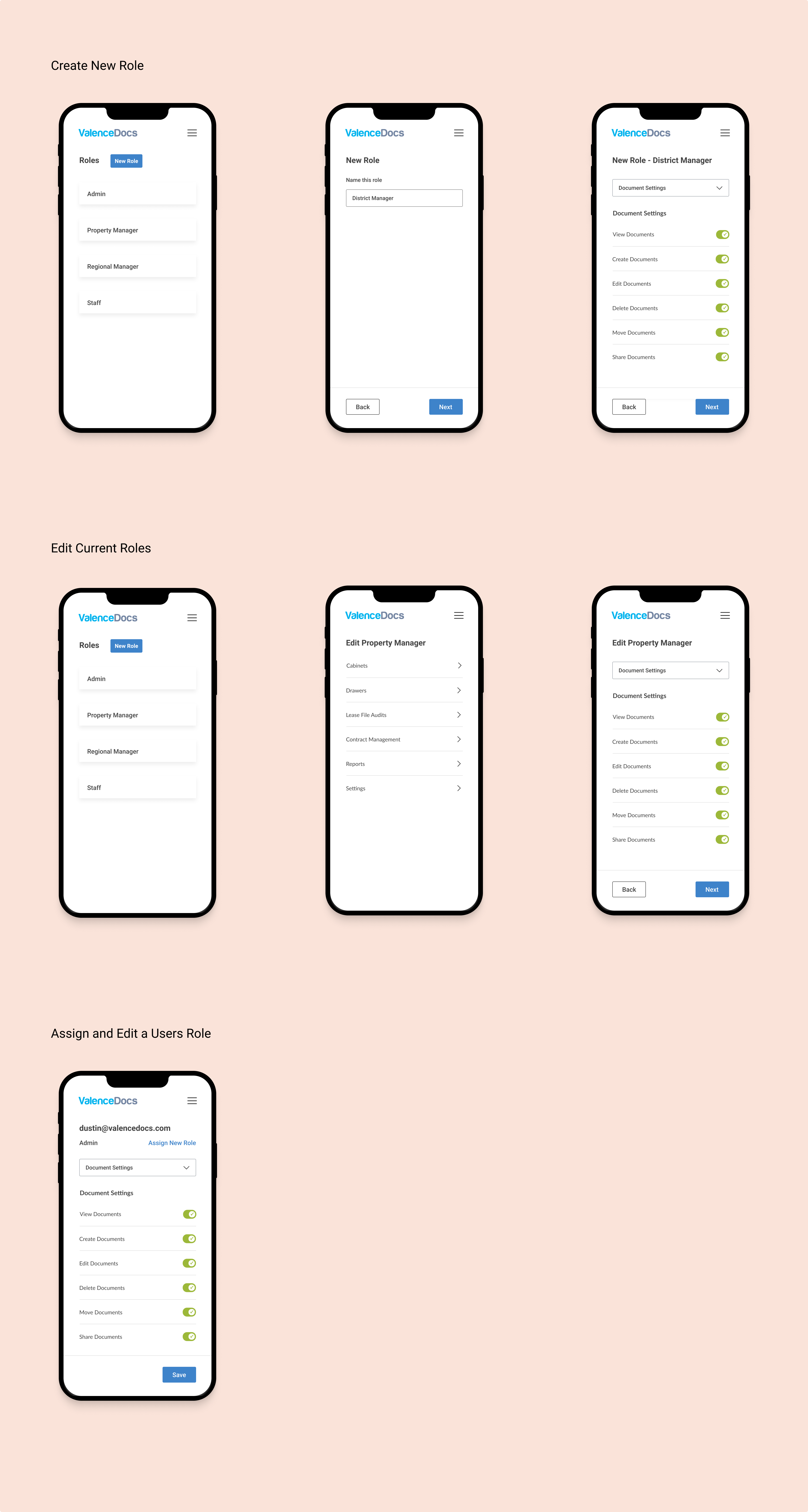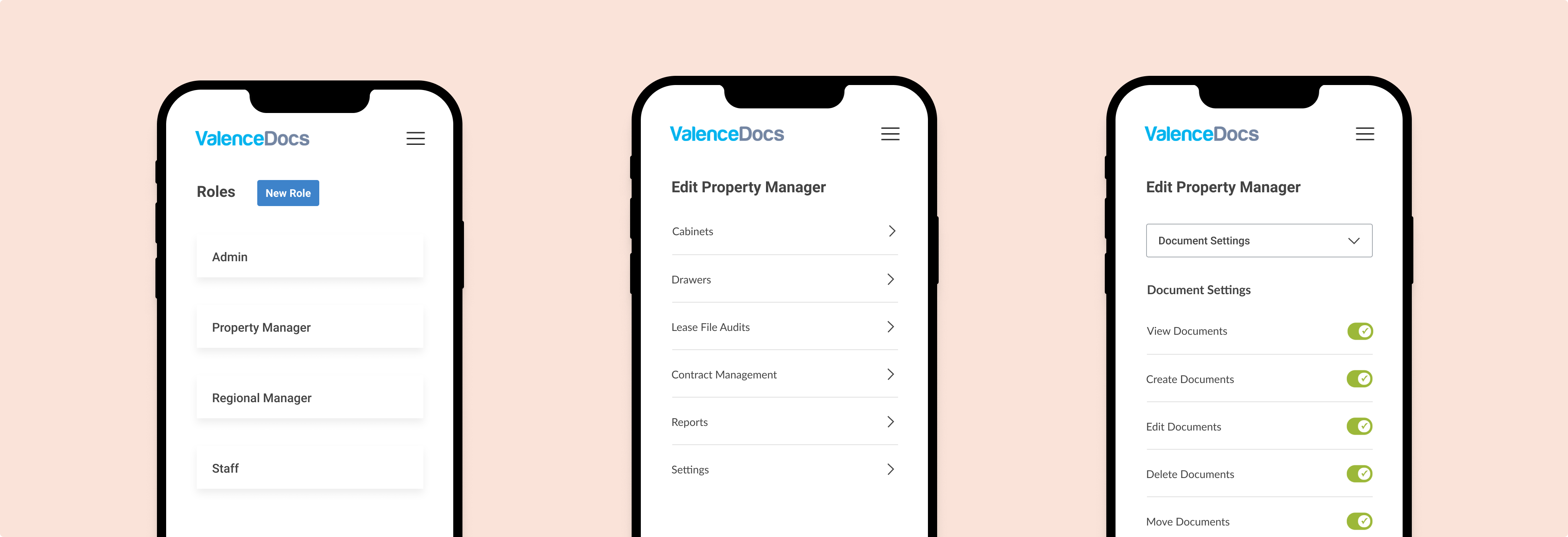

When we launched ValenceDocs, our product was new with limited features. Our permissions started simple, allowing the admin to select a few different roles for their users. As our users and features grew, customers wanted the ability to control every aspect of the system. Users were only allowed to choose admin or standard role. for each property they were allowed to select read, write, or admin access.
Based on feedback, having the ability to allow or deny access to every part of the system was the #1 priority
They wanted the ability to control anything and everything, down to indvidual files
Users were looking for an easy way to assign a permission to multiple properties
For this study, there were 3 main user groups that we wanted to focus on
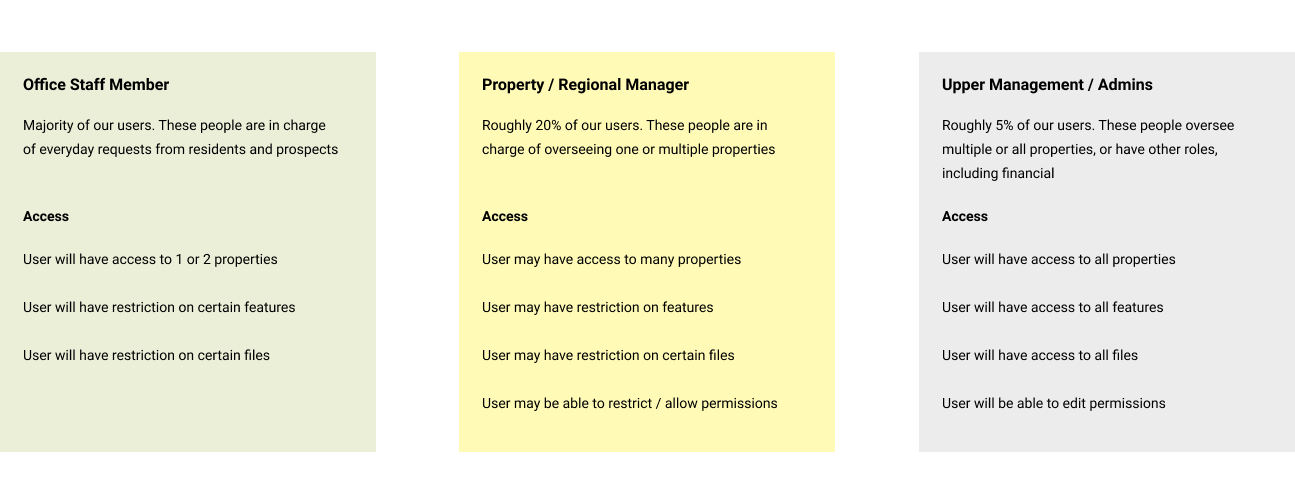
Our team gathered to gain insight from sales, support, and management to learn and understand more about the pain points. From there we figured out two workflow solutions on how permissions should work.
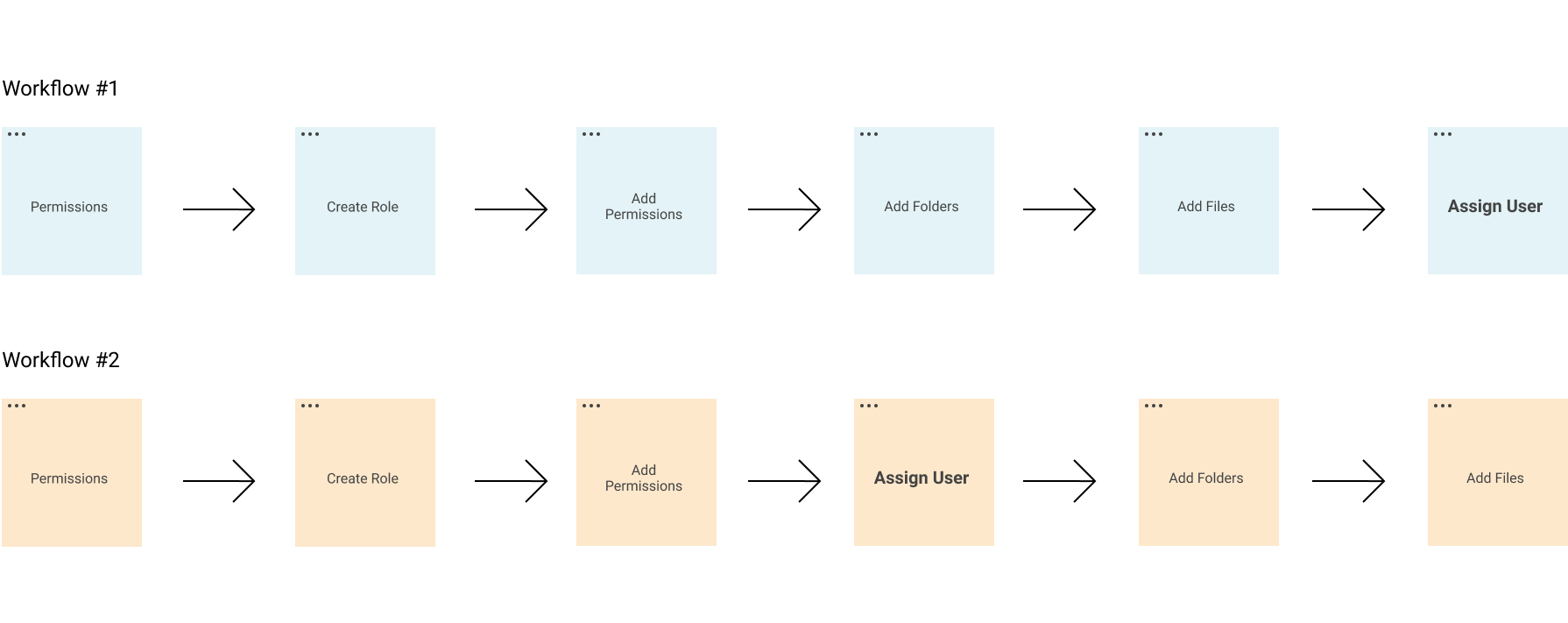
Unsure on which workflow to go with, I've decided to look at other competitors to see how they incorporated permissions
I started to dig around to see what other apps I used had permissions.
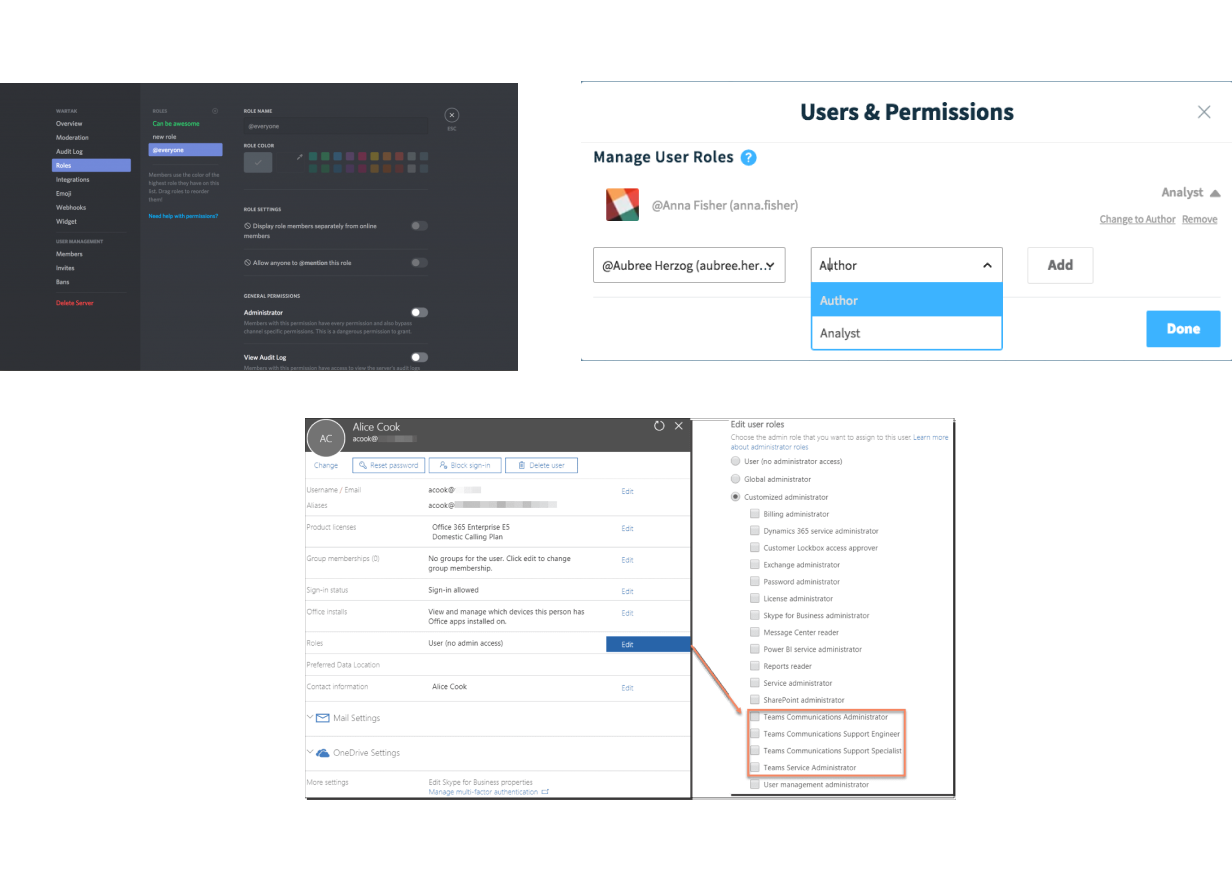
Based on other apps, we've learned that workflow #2 was a more common practice. We wanted to be 100% sure, so we tested both workflows with current users who would have access to create and edit permissions.
Creating a new role was simple and easy. Name the role, and select permissions associated to the role.
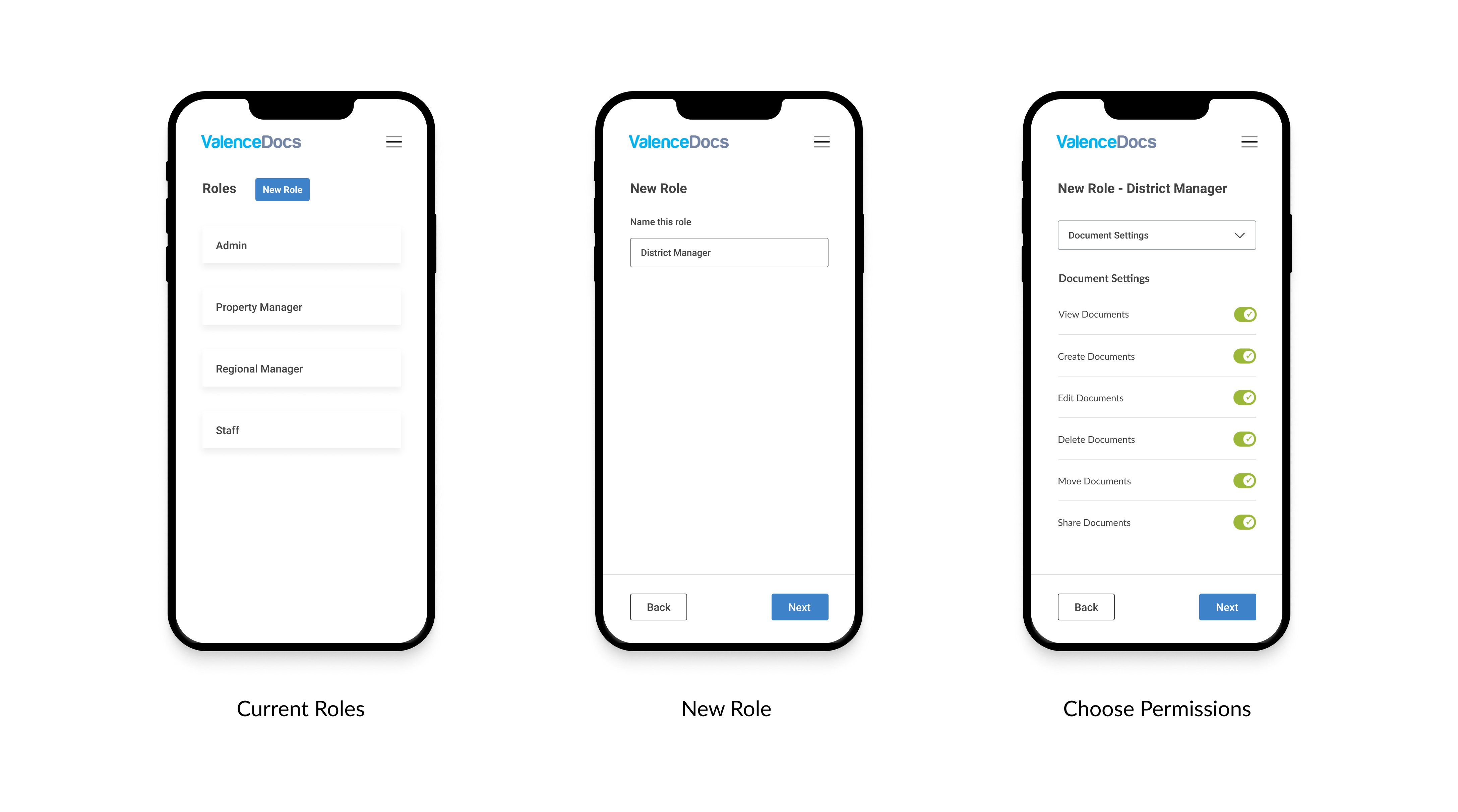
In the Role Dashboard, admins can see current roles, create a new role, edit a current role, and learn about roles

When creating a role, admins can give it a name, and enable and disable permissions. the features are on the left so users can jump into a specific permission.
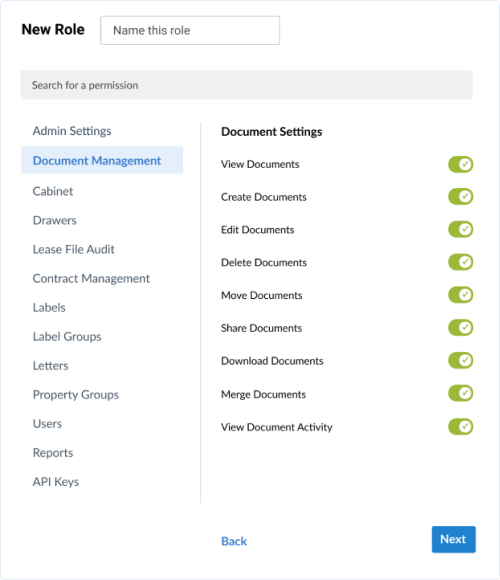
Users can also edit current roles. First select which section you would like to edit, and update the permissions.
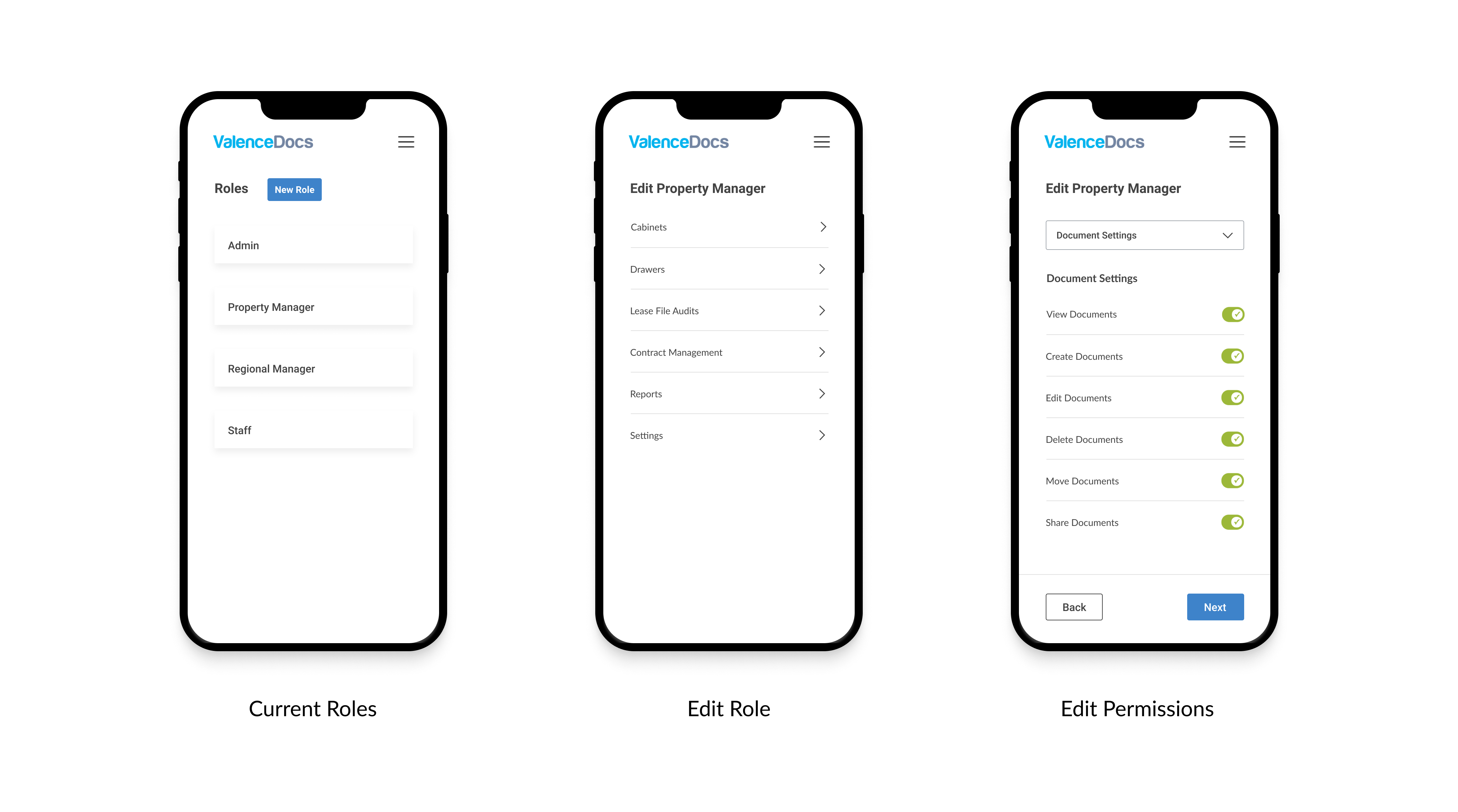
Admin can also edit a users permission. A users permission will override the roles permission.
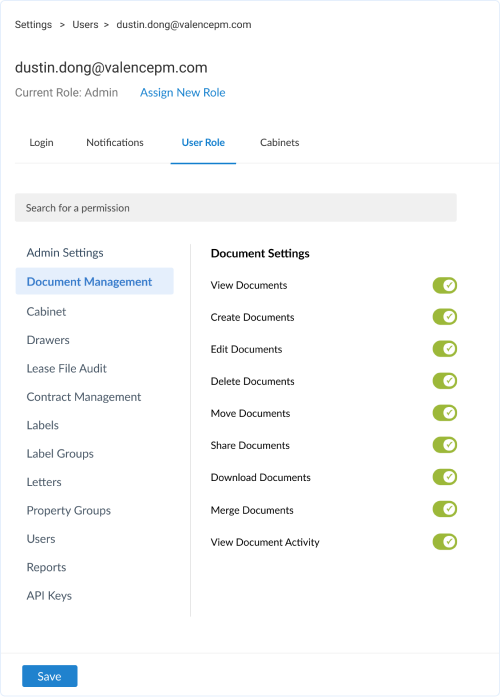
Admins can search for a property (folder) to give access to.
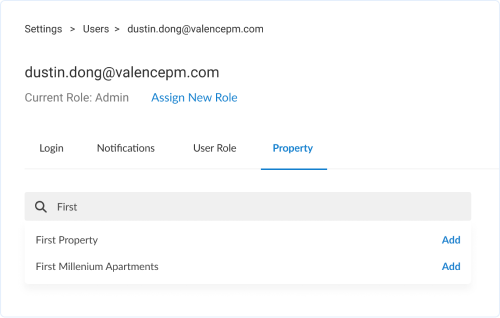
Admins can then go to property (folder) to give or deny access to. This overrides all other permissions.
